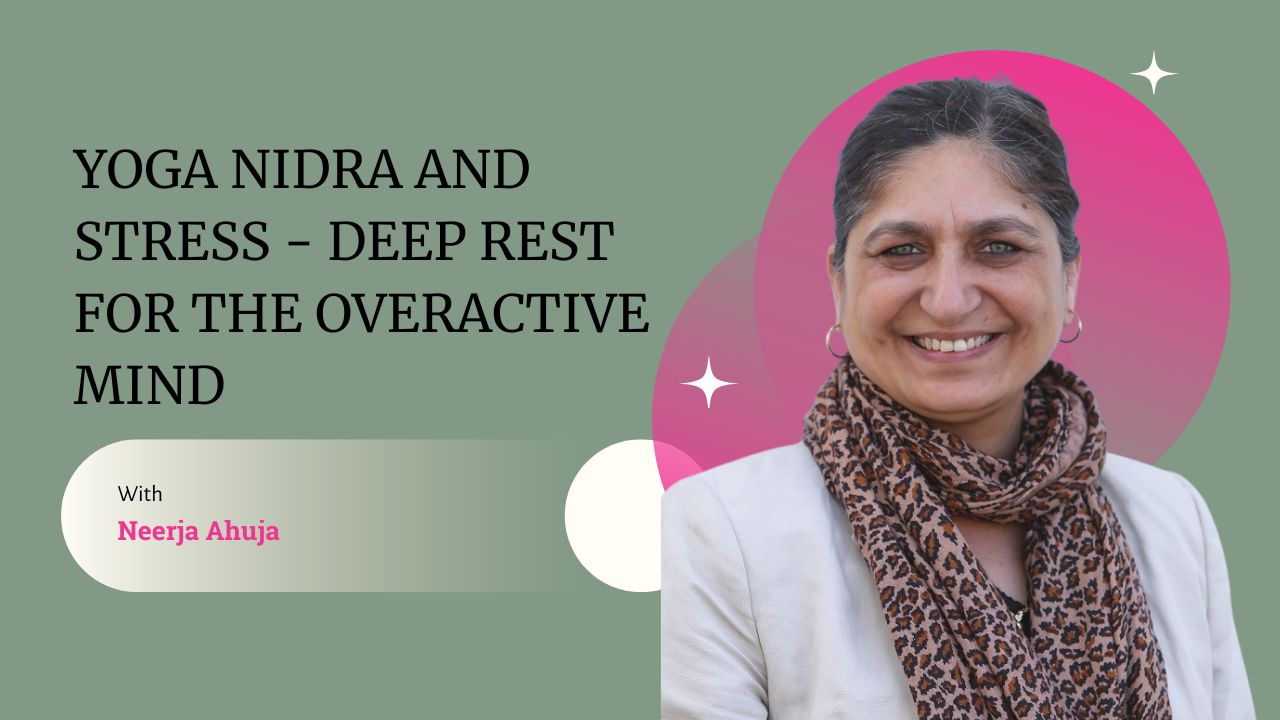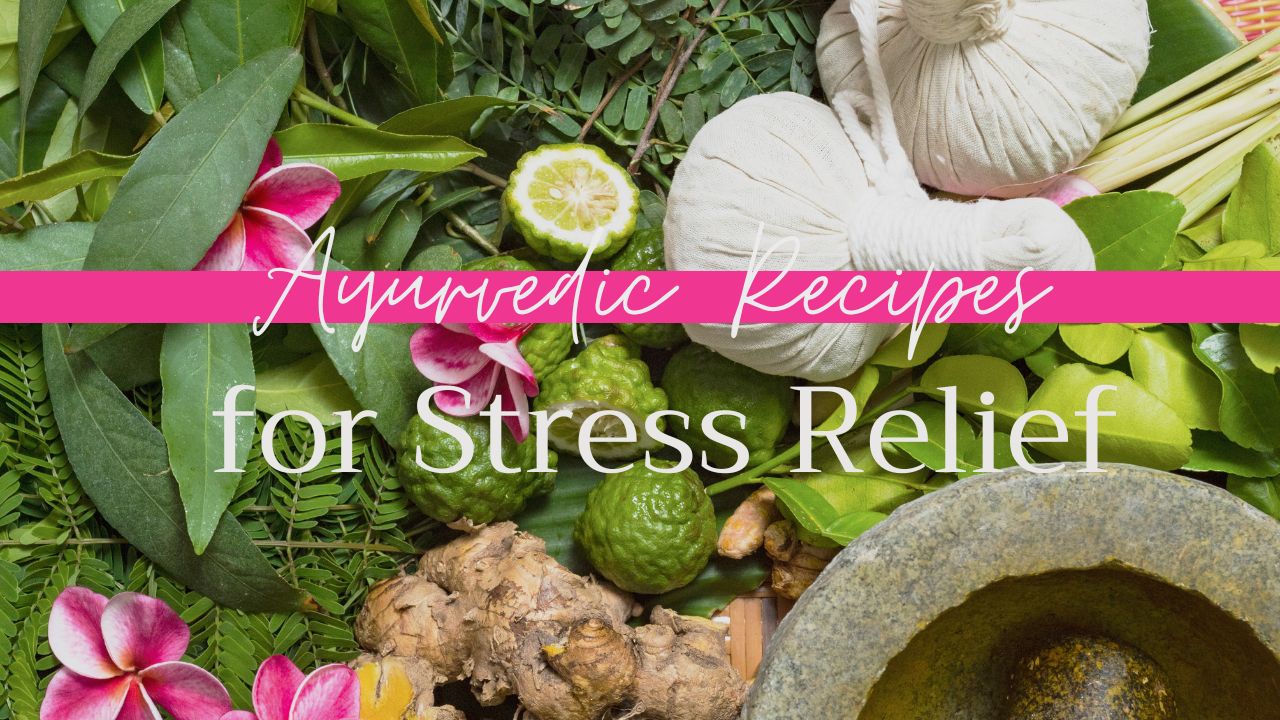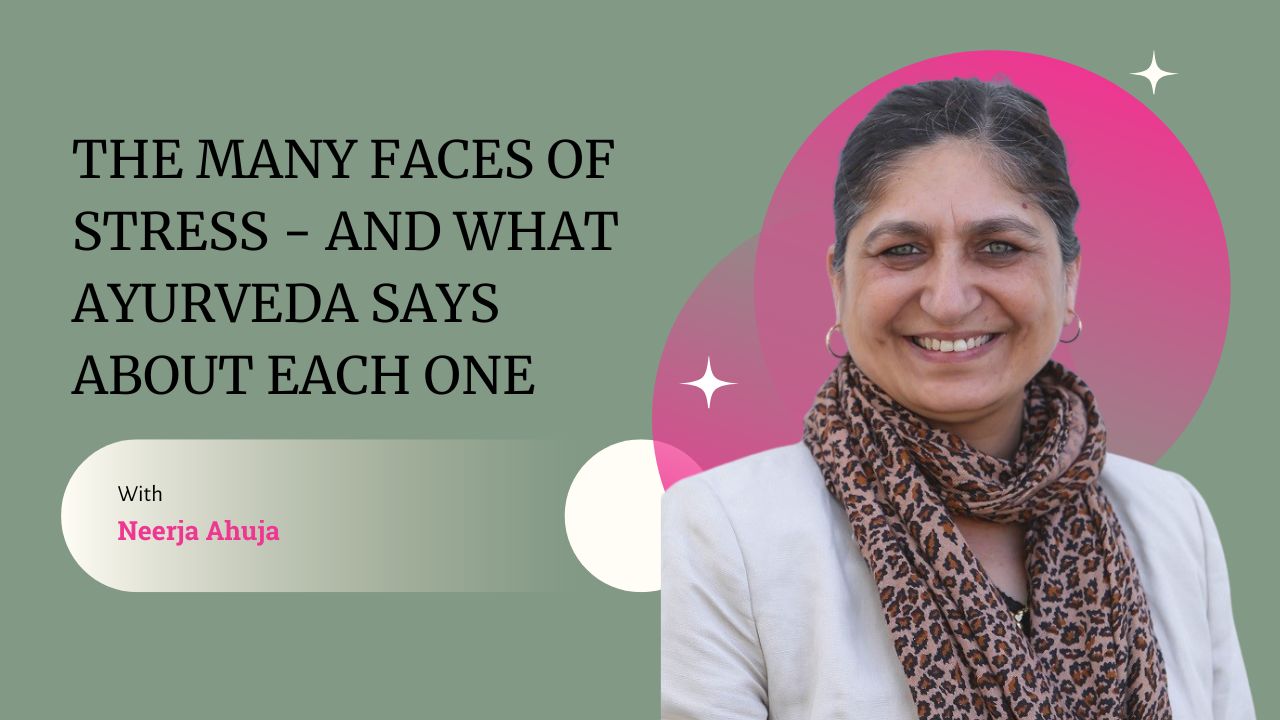If you stock your pantry with processed foods, you may worry about how safe food additives are. Over the years, the safety of many food additives, from food dyes to trans fats, has been questioned.
Food additives are substances added to food during processing or production to improve its taste, appearance, texture, and shelf life. They are commonly used in processed and packaged foods, such as soft drinks, snacks, and fast food. Some examples of food additives include preservatives, sweeteners, flavour enhancers, and colourants.
According to Ayurveda, food additives may disrupt the natural balance of the body’s three doshas – Vata, Pitta, and Kapha. These doshas are believed to govern the physical, mental, and emotional aspects of our being. When the doshas are imbalanced, it can lead to various health problems, such as digestive issues, skin problems, and mood disorders.
As per the Food Intolerance Network website, “There are about 350 permitted food additives in Australia/New Zealand. About 50 are likely to cause adverse reactions. Few other Additives could be used, if at all, with caution. The rest of other additives are unlikely to cause reactions. This includes anti-caking agents, bleaches, emulsifiers, mineral salts, propellants, food acids, sweeteners, thickening agents, vegetable gums and vitamins.”
And the Victorian government website said, “Food additives are chemicals added to foods to keep them fresh or to enhance their colour, flavour or texture. They may include food colourings (such as tartrazine or cochineal), flavour enhancers (such as MSG) or a range of preservatives.”
What are the types of additives you might be consuming?
Preservatives have been associated with intolerances, particularly among people with asthma. Sulphites (including sodium bisulphite (222), sodium metabisulphite (223) and potassium bisulphite (228)) found in wine, beer and dried fruit are known to trigger asthmatic episodes and cause migraines in people who are sensitive to them. Also, sodium nitrate (251) and sodium nitrite (250), which are used in processed meats, have been classified as ‘probably carcinogenic to humans by the International Agency for Research of Cancer (IARC).
Flavour enhancer monosodium glutamate (MSG) (621) is often used in Asian cooking. It has been associated with ‘Chinese Restaurant Syndrome’ (a collection of symptoms including headache, numbness and tingling that some people experience after eating foods containing MSG). While many studies have found MSG is safe for most of us, some people experience symptoms if they eat a large amount of MSG in a single meal.
Food colourings, such as tartrazine (102), allura red (129) and ponceau 4R (124), are often credited as the cause of hyperactivity in children. In 2007, researchers from the University of Southampton in the UK studied food colourings and additives and their effect on children’s behaviour. The authors of the Southampton study concluded there was a link between hyperactivity and food colourings (and one preservative) in children aged three and eight to nine years old.
Do we really need them?
In some form or another, additives are used in most processed foods. Generally, the more processed we eat, the more additives we consume. They are in our bread, margarine, jam, biscuits, and most processed foods, other than lollies, children’s drinks, etc.
When foods are processed, valuable nutrients are sometimes lost and fibres removed, and the texture, natural variation and flavours are often lost too. After processing, what’s left behind can be bland and “uninteresting food” that most people may find unappetising. So, the nutrients, flavour, colour and texture have to be added back to make them desirable, and this is why they may have to be loaded with many food additives.
Additives are generally added to slow down or prevent spoilage before you buy the food; to prevent fats and oils from going rancid; or to improve taste, texture and appearance.
It is worth considering the reasons behind adding certain food additives to the products you choose to purchase. For example, using artificial colours may be necessary to improve the visual appeal of certain foods. In contrast, flavour enhancers may be used to improve the taste of certain products. Additionally, some additives may be used to prevent discolouration or spoilage. However, it is important to question whether the potential benefits of these additives outweigh any potential negative health effects.
Takeaway!
Ayurveda emphasises the importance of consuming natural, whole foods for optimal health and well-being. While food additives may enhance the taste and appearance of our food, they may also disrupt the body’s natural balance and cause health problems. By focusing on a diet rich in natural, whole foods, we can maintain a healthy balance of the doshas and promote optimal health and wellness.
Well, the good news is that avoiding artificial food additives can be incredibly easy — Buy, eat and stick to whole fresh foods and avoid processed ones as much as possible to avoid food additives.
At Ayurveda Awareness Centre, we believe that our minds and bodies require nourishment and proper foods. So, begin enhancing your diet with Ayurveda by following our course “Foods for peace and wellness,” and you’ll understand the significant health benefits of certain foods. This four-week live course, in which you can enrol in March as well as in September, delves into various aspects of diet and nutrition, contributing to our overall health. This course will focus on foods that are beneficial to your health and let you achieve inner peace. Avoid eating foods that cause agitation or lethargy.
The “Foods for peace and wellness’ course is for those who want to make conscious life choices in terms of diet and lifestyle principles, learn the effects of food on the mind and many more. You can connect, learn, and discuss more here online. If you want to join the sessions with AAC, you can start small, take one step at a time, and build a lifelong relationship with us!
To know more, click here



